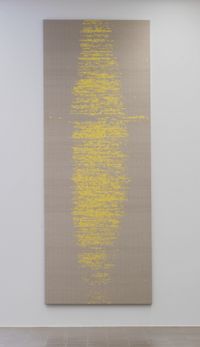Susan Morris is a multidisciplinary artist based in London. Using motion capture technology and statistics from involuntary body movements, Morris makes graph-like Jacquard tapestries, chalk drawings, and inkjet prints.
Read MoreSusan Morris had her tertiary education firstly at Birmingham College of Art, with a BA (1984), followed by an MA at Goldsmiths College, London (1991), and a two year Goldsmiths research bursary (1998–2000), then finally a PhD at the University of the Arts, London (2007). The latter looked at the relation between the processes of photography and remembrance, examining pertinent literature and psycho-analytic theory.
In her early chalk or ash vine pigment on paper drawings, such as the series 'Plumb line Drawings' (2009), Susan Morris limited her activities for a set of actions that, despite her strict rigor, reveal patterns she had no control over: errors and involuntary traces that she could not anticipate.
Susan Morris' 'Motion Capture Drawings' (2009), made with assistance from motion capture researcher David Green at the University of Newcastle, used algorithms to convert data from repeated movements of her body into vertical clusters of lines. Wearing tracking sensors and carefully repeating limited actions, the artist examined her body's statistics as it attempted to conform to strictures of hourly and calendrical time. Morris saw their collection as providing a means of investigating the neurological properties of the self and assumptions of corporeal agency.
Morris has explored the traces of involuntary body movements using different technologies, including Actiwatch—a motion capture device—to create the Jacquard tapestry, Sundial: Nightwatch, Activity and Light (Tilburg Version) (2010–2012). Actiwatch continually recorded all her movements and responded to both natural and artificial daily light levels. It codified the accumulated data, picking the yarn and colour for her tapestries, storing information over months at a time. Morris saw this method as a way to trace a bodily unconscious, even when she was attempting to carry out daily tasks, looking at marks that cannot be broken down into conventional categories of meaning.
Morris also employs inkjet printers that print only black ink on white paper. Therefore, no white striations are printed, only slivers of negative white space in a sea of black that, in parts, seem like fine clusters of entangled, delicate hair. A good example is Motion Capture Drawing (SPDR): View from Side (2012).
In the 'Silence' series (2020), commissioned by St. John's College, University of Oxford, Susan Morris translates the ambient sounds captured outside a library into Jacquard tapestries. Using grids structured like graph paper, the works exploit the spatial separation between vertical lines against Cyanotype print blue that—over six tapestries—vary between dark and cloudy white, incorporating the rhythms and intensities of the found sound, and the overall density of chosen hues.
As another means of exploring the self, Morris has incorporated paper detritus (data from receipts, invoices, and tickets), photographs, and sound recordings (overheard snatches of song, chunks of conversation, or advertising on the radio) into a series of books. An example is the Diary Project, ongoing since 2011, which has been conceived as a series of twelve volumes.
Susan Morris has held solo exhibitions including Silence (Project for a Library), Bartha Contemporary (online) (2020); Self Moderation, CentrePasquArt, Biel, Switzerland (2016); A Work in Progress, Stags Head Public House, London (2014); Susan Morris: Untitled Motion Capture Drawings, Art Exchange, University of Essex (2012).
Selected group exhibitions include The Sleeper, Bartha Contemporary, London (2020); A Day's Work, Bartha Contemporary, London (2019); Photon/Icon, Galerie Ampersand, Cologne (2019); Thinking in Algorithms, Scheublein + Bak, Zürich, Switzerland (2016).
Susan Morris' website can be found here.
John Hurrell | Ocula | 2021
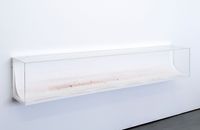
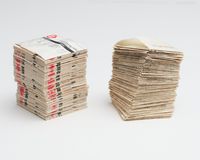
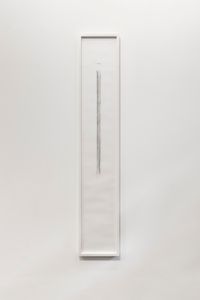
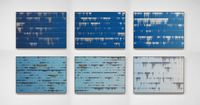
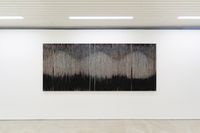
![Motion Capture Drawing [SPDR]: View From Side by Susan Morris contemporary artwork works on paper](https://files.ocula.com/anzax/57/57cb7260-af0c-42d3-9641-72a6422a7d76_200_116.jpg)

